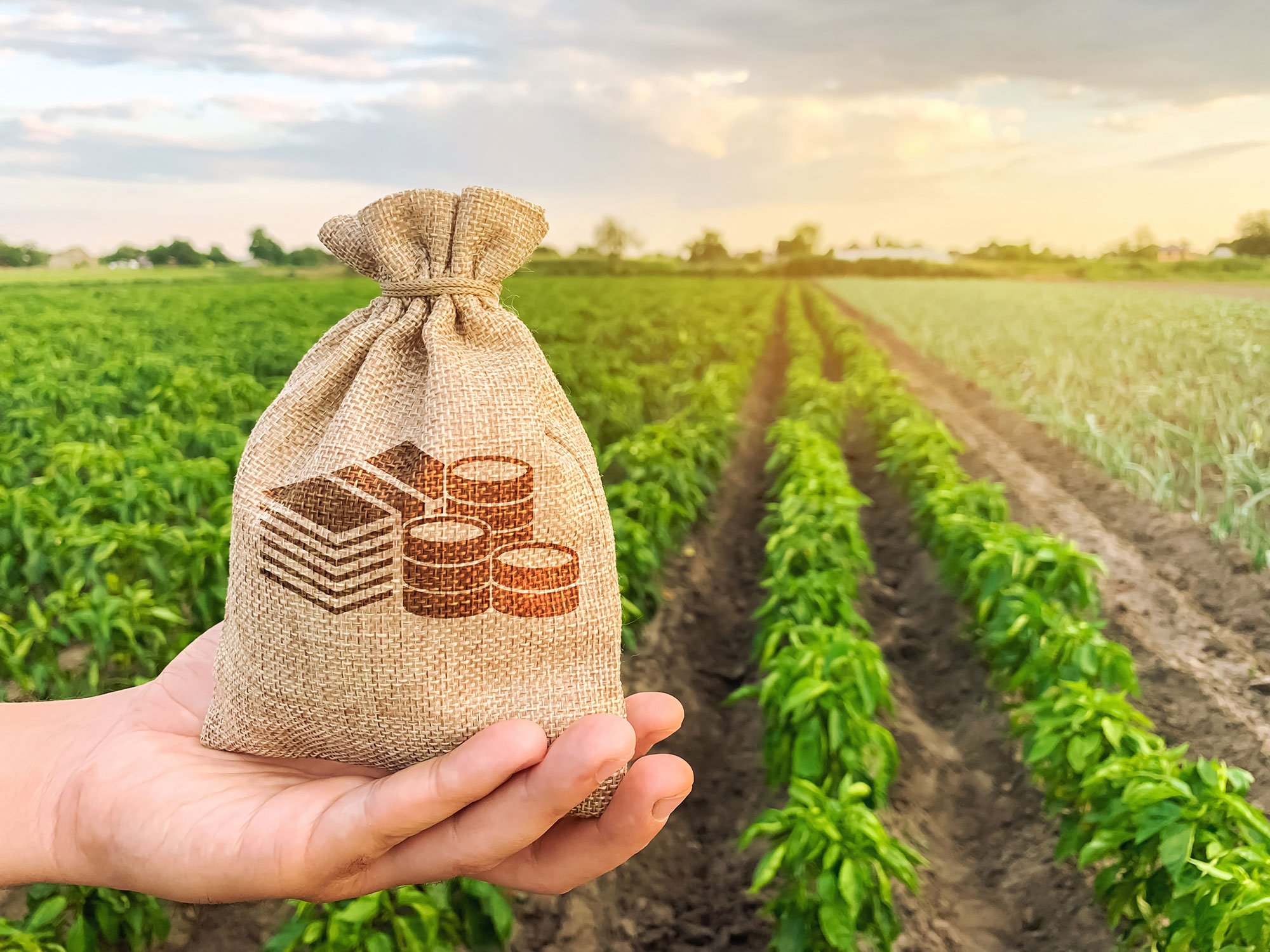The digital disruption in the financial sector over the past decade has not only simplified financial management but also improved financial inclusion. A McKinsey report¹ highlighted that despite rapid urbanization, the rural population is likely to form 63% of the total market share in India by 2025. The rapid adoption of digital technologies by various banks and other non-banking financial institutions, the growing penetration of the internet and smartphones, the availability of platforms such as UPI, and the pandemic-induced push to adopt digital modes have spawned new digital lending models that cater even to very smaller loan amounts.
These changes are also trickling down to the rural hinterland. A study by Deloitte states that by 2026, nearly one billion rural Indians will be using smartphones, and the demand for smartphones in the rural markets is projected to increase at a 6% CAGR by 2026. This demand points to the growing aspirations of the rural population and will support the increasing need for financing.
While the penetration of digital payments is still relatively lower in rural areas, several efforts are underway to boost adoption. To ensure greater financial inclusion and digital awareness in rural areas, the government has launched many initiatives, from the much-discussed ‘Digital India’ program to setting up digital banking units across the country. The Ministry of Electronics and IT is working to popularize various digital financial services such as UPI, and Bank PoS machines in rural areas. The approach is to set Common Services Centers (CSCs) as Digital Financial Hubs by spreading awareness regarding government policies and digital finance options available for rural citizens. Similarly, the Self-Employed Women’s Association (SEWA), India’s oldest and largest trade union, joined the United Nation-based Better Than Cash Alliance and has trained 400,000 members on how to open a digital account and make transactions through its online skilling academy.
Trends in Agri Credit
The RBI’s sectoral lending norms mandate banks to lend to the rural and agricultural sectors.
As per the ‘Insights’ report from TU CIBIL, INR 7.6 lakh crore of loans is the agriculture credit disbursed in FY22 and 16% of it has turned into Non-performing Assets (NPAs). Several NBFCs and micro-financiers also lend to the rural population. This, coupled with the increasing aspirations of rural India for a better standard of living, is likely to continue pushing up the quantum of Agri loans.
Collections of loans in rural areas also pose many challenges. With banks, NBFCs, and FinTech entities reimagining loan collections and debt recoveries to suit the new realities, rural collections, too, must follow suit.
Digitizing Rural Lending and Collections
Banks, NBFCs, FinTech companies, and rural-focused micro-financiers have begun exploring tailored digital collections. Cloud-based technology solutions that harness the potential of artificial intelligence and machine learning to offer predictive models and borrower-centric approaches can help. Using these non-conventional practices, many lenders have been able to achieve improved recovery rates and cut down on the cost of collections, besides offering their rural customers better service than before.
One such example is the tailored solutions² offered by SarvaGram, a fintech lender focused on rural India. Using Credgenics CG Collect, a mobile-based field loan collections platform, SarvaGram has been able to digitize loan collections to the last mile and implement real-time monitoring of collections operations. The platform is equipped with tools for location tracking, smart route planning, and navigation, which help agents discover cases, access account details, schedule new visits, etc. The platform works in remote areas with limited internet connectivity, empowers field teams by enhancing their efficiency, and enables a unique customer experience.
The Digital Route
Through innovative technologies such as assisted payment and voice-enabled payments that are well suited to the needs and sensibilities of the rural population, these companies are making several efforts to provide safe, secure, and convenient banking and digital payment services in these geographies, making loan collections much simpler. With increasing credit penetration, improved internet connectivity, and higher digital awareness among the rural population, it is only natural for lenders to take the digital route. With digital collections that naturally reduce recovery costs and decrease delinquency rates, banks and FinTech organizations will be better poised to meet the needs of their rural customers, which may differ from urban customers. This is a win-win for the entire banking and FinTech ecosystem.
- Times of India : The shift to digital payments: Empowering rural areas to make transactions seamless
- PRNewswire: SarvaGram implements Credgenics’ SaaS platform to digitize loan collections in rural India





